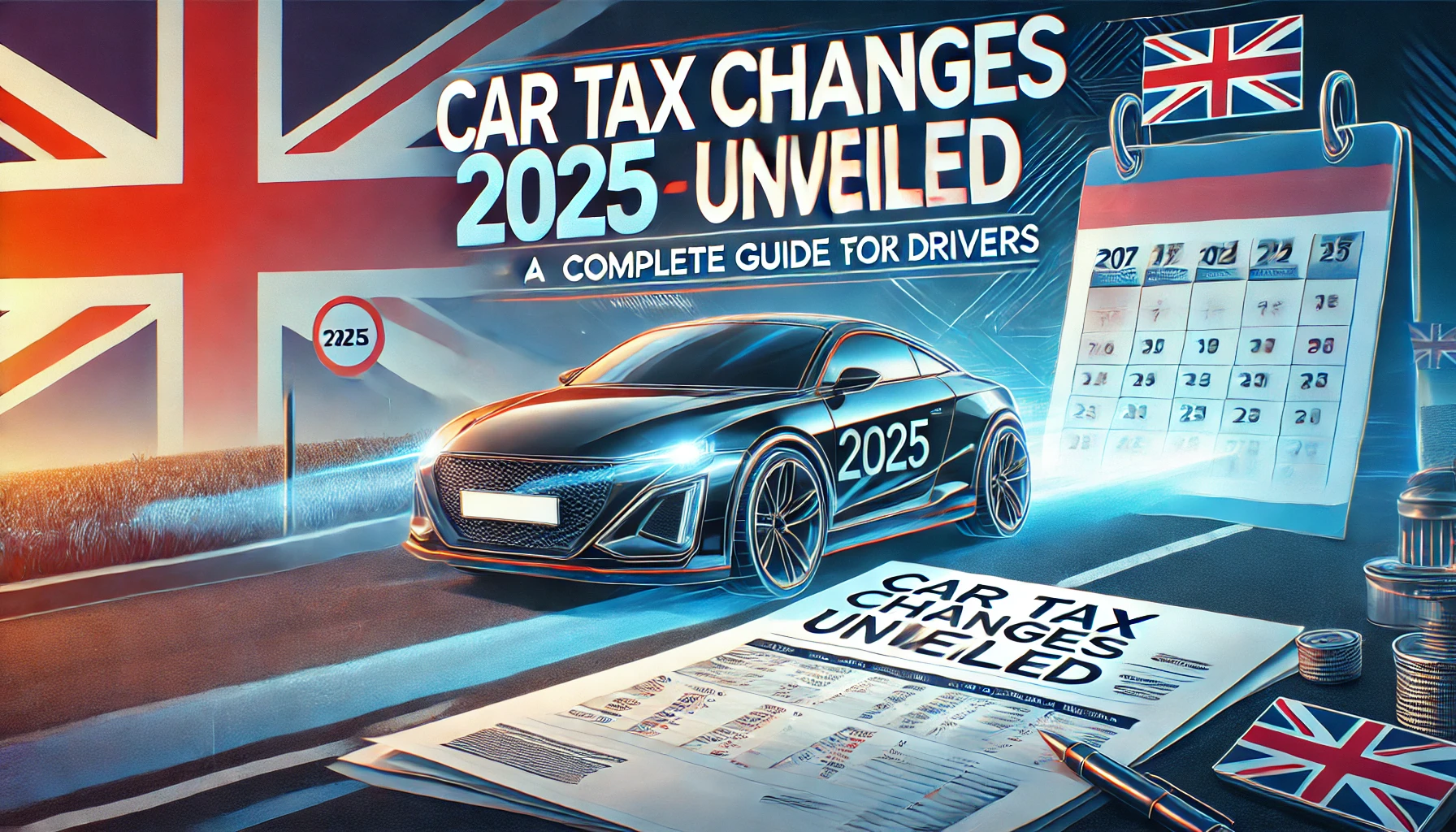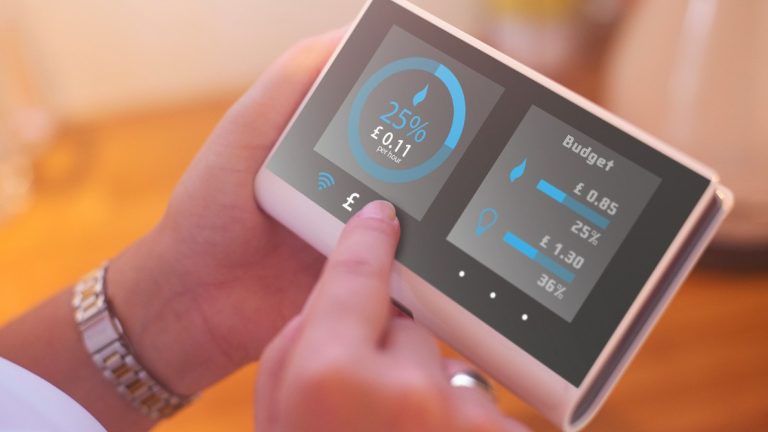In April 2025, the UK government will implement significant changes to Vehicle Excise Duty (VED) rates, affecting car owners across the country.
These adjustments, announced in the Autumn Budget, will result in higher first-year VED fees for petrol and diesel vehicles, alongside new taxation rules for electric and older vehicles.
With 59 car models from 24 popular brands, including Ford, BMW, and Mercedes, set to face an increase of up to £2,745, it’s essential for UK motorists to understand the implications of these changes.
This blog explores the key aspects of the upcoming car tax hike, its impact on different types of vehicles, and what drivers can expect in 2025.
What Are the Key Changes in Vehicle Excise Duty for 2025?

From April 2025, first-year VED fees for petrol and diesel cars will increase substantially. These fees, commonly referred to as the ‘showroom tax,’ are calculated based on the vehicle’s CO2 emissions.
- Sliding Scale Increases: Cars producing over 255 g/km of CO2 will face the highest increase of £2,745. For instance, the Ford Puma’s first-year VED will rise from £220 to £440, while a Range Rover could see an increase from £2,745 to £5,490.
- Impact on Older Petrol and Diesel Cars: Vehicles registered between 1984 and 2001 will see a smaller rise. Cars with engine capacities below 1549cc will pay £220 annually, up from £210, while those above 1549cc will pay £360, up from £345.
- Electric Vehicle (EV) Changes: EVs, previously exempt, will now pay £10 in the first year and a flat £195 annually from the second year onwards. New EVs priced above £40,000 will also incur a luxury tax of £425 annually between years two and six.
Which Vehicles Are Affected Most by the Car Tax Changes?
The tax increase will impact a broad range of vehicles, including petrol, diesel, hybrid, and electric models:
- Petrol and Diesel Cars: High-emission vehicles, such as luxury SUVs and double-cab pick-up trucks, will see the most significant increases. Popular models like the Ford Ranger Wildtrak and high-end Range Rovers are expected to be heavily affected.
- Electric Vehicles: EVs purchased after April 1, 2017, will lose their exemption and face standard VED charges, while older EVs bought before this date will pay as little as £20 annually.
- Hybrids: Vehicles emitting 1-50 g/km of CO2 will see their first-year rates increase from £10 to £110, and those emitting 51-75 g/km will pay £130 in the first year.
Why Are These Changes Being Introduced?

The government’s decision to revise VED rates is driven by several factors:
- Environmental Concerns: The increase aims to discourage the use of high-emission vehicles and promote a shift toward cleaner alternatives.
- Revenue Generation: With the Office for Budget Responsibility estimating an increase in VED revenue from £7.3 billion (2022-23) to £9.4 billion by 2027-28, the changes are a critical part of the government’s fiscal strategy.
- Addressing EV Market Trends: While the government is committed to encouraging zero-emission vehicles, the slow uptake of electric vans and cars highlights the need for balanced taxation.
How Will the Changes Impact the Commercial Vehicle Sector?
The commercial vehicle market, particularly the pick-up truck segment, faces significant challenges due to these changes:
- Pick-Up Trucks: Models with payloads over 1,000kg, such as the Ford Ranger Wildtrak, are seeing declining registrations, down 20.4% in November 2024.
- Broader Impact: The Society of Motor Manufacturers and Traders (SMMT) has warned that these changes could harm sectors reliant on pick-ups, such as farming and logistics.
- Electric Vans: From 2025, electric vans will also be subject to VED rates, starting at £345 annually, aligning them with petrol and diesel counterparts.
What Are the Tax Changes for Older Cars and Motorcycles?

Older vehicles and motorcycles are subject to specific VED rules:
- Older Petrol and Diesel Cars: Cars registered between 1984 and 2001 will see slight increases, with rates rising by £10 for smaller engines and £15 for larger ones.
- Classic Cars: Vehicles over 40 years old remain exempt under the historic vehicle tax exemption rules.
- Motorcycles: Motorcycle tax rates depend on engine size, with annual costs ranging from £25 to £117. From 2025, electric motorcycles will also pay a £25 annual rate.
How Can Motorists Prepare for the Upcoming Changes?
Preparation is key for managing the financial impact of these changes:
- Understand Your Tax Rate: Use the government’s tax calculator to determine your vehicle’s new rate.
- Budget Accordingly: Incorporate the increased rates into your vehicle ownership costs, especially if you plan to buy a new car after April 2025.
- Consider EVs and Hybrids: While EVs will no longer be exempt, they still offer lower first-year rates compared to high-emission petrol and diesel cars.
- Evaluate Commercial Vehicle Needs: For businesses reliant on pick-up trucks, consider transitioning to more cost-effective options or exploring alternative funding strategies.
Conclusion
The 2025 car tax changes mark a significant shift in the UK’s Vehicle Excise Duty system, with wide-ranging implications for motorists and the automotive industry.
By increasing first-year VED rates and introducing charges for electric vehicles, the government aims to balance environmental goals with revenue needs. However, these changes come with challenges, particularly for high-emission vehicle owners and commercial vehicle users.
Understanding the new tax rates and planning ahead will be essential for navigating this new landscape effectively.





